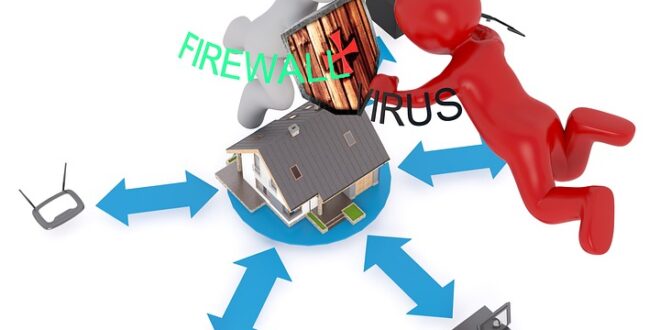Empower Yourself: 10 Tips to Protect Against Phishing Scams
Phishing scams are becoming more sophisticated and prevalent, making it essential for individuals to be vigilant and proactive in protecting themselves online. Here are 10 tips to help you stay safe and secure in the digital world:
1. Be Skeptical of Suspicious Emails
If you receive an email from an unknown sender or a questionable source, don’t click on any links or download any attachments. Phishing emails often try to trick you into revealing sensitive information by imitating trustworthy organizations.
2. Verify the Sender’s Identity
Check the email address of the sender to see if it matches the official domain of the organization they claim to represent. Be wary of any discrepancies or misspellings, as these are red flags for phishing attempts.
3. Avoid Providing Personal Information
Legitimate organizations will never ask you to provide sensitive information like passwords, usernames, or credit card details via email. If in doubt, contact the company directly through their official website or customer service hotline.
4. Use Two-Factor Authentication
Enable two-factor authentication on your accounts to add an extra layer of security. This will require you to provide a second form of verification, such as a code sent to your phone, before accessing your account.
5. Keep Your Software Updated
Regularly update your operating system, antivirus software, and browsers to patch any vulnerabilities that could be exploited by cybercriminals. Set your devices to automatically install updates for added protection.
6. Educate Yourself About Phishing Scams
Stay informed about the latest phishing techniques and tactics used by scammers. Familiarize yourself with common red flags and warning signs to avoid falling victim to their schemes.
7. Think Before You Click
Hover over links in emails to preview the URL before clicking on them. Be cautious of shortened URLs or URLs that seem suspicious. When in doubt, navigate to the website directly through a secure browser.
8. Report Suspicious Emails
If you receive a phishing email, report it to the appropriate authorities, such as the Federal Trade Commission (FTC) or the Anti-Phishing Working Group (APWG). By reporting scams, you can help prevent others from falling victim to fraudulent activity.
9. Monitor Your Accounts Regularly
Keep a close eye on your financial accounts and transactions for any unauthorized activity. Report any discrepancies or suspicious charges to your bank or credit card company immediately.
10. Stay Vigilant and Trust Your Instincts
Trust your gut instinct if something doesn’t seem right or feels too good to be true. Remember that it’s better to be safe than sorry when it comes to protecting your personal information and digital assets.
 Mind Uncharted Explore. Discover. Learn.
Mind Uncharted Explore. Discover. Learn.



